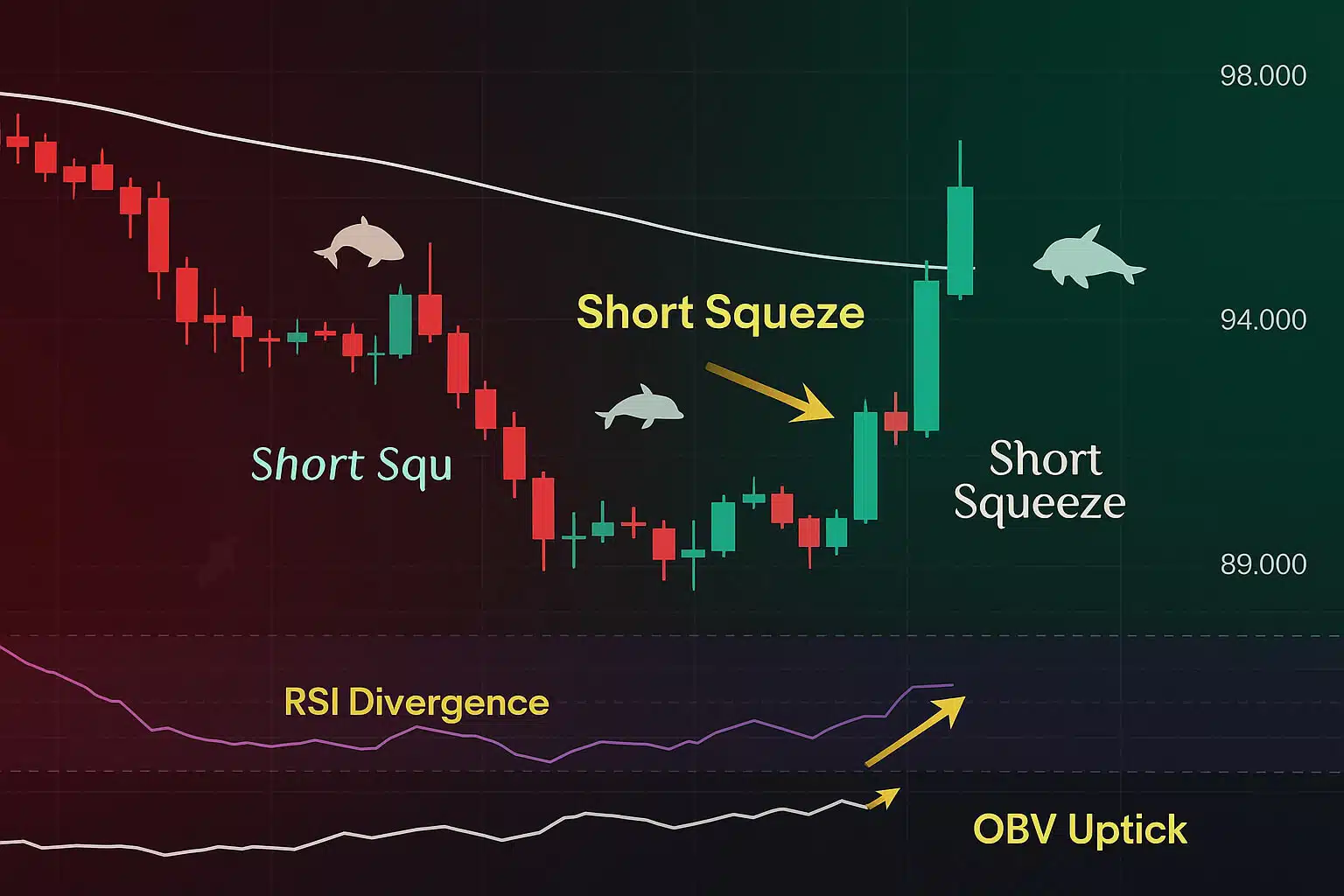Consensus Algorithms: Proof of Work vs. Proof of Stake
Blockchain technology has changed how we think about digital security, transparency, and decentralization. At the core of every blockchain network lies a consensus algorithm—a system ensuring that all participants agree on the blockchain’s state. The two most widely used consensus algorithms are Proof of Work (PoW) and Proof of Stake (PoS). Understanding their differences is crucial for anyone interested in cryptocurrencies and blockchain technology.
In this blog, we’ll compare Proof of Work and Proof of Stake consensus mechanisms, focusing on how they work, their pros and cons, and their impact on the blockchain ecosystem.
What is Proof of Work (PoW)?
Proof of Work (PoW) is the original consensus algorithm used by Bitcoin, the first cryptocurrency. In a Proof of Work system, miners solve complex mathematical puzzles to validate transactions and add new blocks to the blockchain. The first miner to solve the puzzle earns the right to add a block and receive newly minted cryptocurrency, such as Bitcoin.
The “work” in Proof of Work refers to the computational effort needed to solve these puzzles. These puzzles are hard to solve but easy to verify, ensuring the security and integrity of the blockchain. This process, known as mining, plays a crucial role in maintaining the decentralized nature of blockchain networks.
For more on how Proof of Work operates, check out this comprehensive guide on Bitcoin mining.
Advantages of Proof of Work
- Security: PoW is highly secure because of the immense computational power required to alter the blockchain. This makes it resistant to attacks like the 51% attack.
- Decentralization: PoW encourages a broad distribution of miners, which supports network decentralization.
- Proven Track Record: PoW has a long history of successful operation, thanks to its use in Bitcoin. It has been thoroughly tested over time.
Disadvantages of Proof of Work
- Energy Consumption: One of the biggest drawbacks of PoW is its high energy consumption. Mining demands substantial computational power, leading to increased electricity usage and environmental concerns.
- Centralization Risks: While PoW promotes decentralization, the need for expensive mining equipment has led to the centralization of mining power in large mining pools, reducing overall network decentralization.
- Scalability Issues: PoW networks often struggle with scalability because of the time it takes to validate transactions and add new blocks.
What is Proof of Stake (PoS)?
Proof of Stake (PoS) is an alternative consensus algorithm designed to address some of the limitations of Proof of Work. In a Proof of Stake system, validators (sometimes called “forgers” or “stakers”) are chosen to create new blocks and validate transactions based on the number of coins they hold and are willing to “stake” as collateral.
Instead of solving puzzles, validators in a PoS system are selected based on their stake in the network. The higher the stake, the greater the chance of being chosen to validate the next block. When chosen, validators earn rewards, usually in the form of transaction fees or newly minted coins.
For insights into Proof of Stake in practice, explore this comprehensive guide on Staking.
Advantages of Proof of Stake
- Energy Efficiency: PoS is much more energy-efficient than PoW because it doesn’t require massive computational power to validate transactions.
- Lower Entry Barriers: PoS allows more participants to become validators since there’s no need for specialized and expensive mining equipment.
- Scalability: PoS can offer better scalability, making it more suitable for networks with high transaction volumes.
Disadvantages of Proof of Stake
- Centralization Concerns: While PoS is designed to be more decentralized, large stakeholders can exert disproportionate influence over the network, potentially leading to centralization.
- Security Risks: PoS systems are newer and less battle-tested than PoW, which raises concerns about their long-term security. Additionally, PoS might be more vulnerable to attacks like the “nothing at stake” problem.
- Complexity: The mechanisms behind PoS can be more complex, making them harder to understand, especially for those new to blockchain technology.

Key Differences Between Proof of Work and Proof of Stake
Understanding the differences between PoW and PoS is crucial for evaluating which consensus algorithm suits a particular blockchain network. Here’s a breakdown:
1. Energy Consumption
- Proof of Work: Requires significant energy to power the mining process. This has raised concerns about its environmental impact, especially as cryptocurrency adoption grows.
- Proof of Stake: Far more energy-efficient, as it does not rely on computational power to secure the network. This makes it a more sustainable option for blockchain networks.
2. Security
- Proof of Work: Highly secure due to the difficulty and computational expense of attacking the network. The 51% attack, where an entity controls the majority of the network’s mining power, is theoretically possible but extremely difficult and costly.
- Proof of Stake: Security in PoS depends on the economic incentives that keep validators honest. While PoS can be secure, it’s newer and less tested than PoW, which could pose risks.
3. Decentralization
- Proof of Work: Promotes decentralization through the distribution of mining power, though large mining pools can centralize power.
- Proof of Stake: Aims to decentralize by allowing more participants to validate transactions. However, the system can favor those with larger stakes, potentially leading to centralization.
4. Scalability
- Proof of Work: Generally slower and less scalable due to the time and energy required to mine each block. This can lead to higher transaction fees and slower confirmation times.
- Proof of Stake: Offers better scalability potential, allowing networks to handle more transactions per second with lower fees and faster confirmation times.
Real-World Applications of PoW and PoS
Both Proof of Work and Proof of Stake are used in various blockchain networks, each with its own set of applications and use cases:
Proof of Work (PoW)
- Bitcoin (BTC): Bitcoin relies on PoW for security and decentralization. The network’s success has made PoW the most well-known consensus algorithm.
- Litecoin (LTC): Often considered the silver to Bitcoin’s gold, Litecoin also uses PoW, providing faster block times and lower transaction fees.
Proof of Stake (PoS)
- Ethereum 2.0 (ETH): Ethereum’s transition from PoW to PoS is one of the most significant developments in the blockchain space. The shift aims to improve scalability, reduce energy consumption, and enhance security.
- Cardano (ADA): Cardano is a fully PoS blockchain that focuses on security, scalability, and sustainability. It uses a unique PoS algorithm called Ouroboros.
When to Choose PoW vs. PoS
Choosing between PoW and PoS depends on the specific needs of the blockchain network and the goals of its users:
- Choose Proof of Work If: You prioritize security and decentralization, and are willing to accept higher energy costs for the proven security benefits that PoW offers. Networks like Bitcoin, which aim to be digital gold, benefit from the robust security provided by PoW.
- Choose Proof of Stake If: You seek a more energy-efficient and scalable network that can handle a higher volume of transactions at lower costs. PoS is also ideal for networks looking to involve more participants in the validation process without the need for expensive hardware.
Wrapping It Up
Understanding the differences between Proof of Work and Proof of Stake is essential for grasping the fundamentals of blockchain technology. Both consensus mechanisms have strengths and weaknesses, each serving different needs within the blockchain ecosystem. By evaluating these differences, you can better appreciate the trade-offs involved in securing decentralized networks and make informed decisions about which technology best aligns with your goals.
For more insights and detailed guides on cryptocurrency, visit our Crypto Guides Section.
Stay Updated
For the latest updates on cryptocurrency trends and news, follow us on:
- Twitter: https://twitter.com/FreeCoins24
- Telegram: https://t.me/freecoins24
Stay informed with the latest strategies and insights in the world of cryptocurrency at FreeCoins24.io.
Special Offer
For an enhanced trading experience, consider Bybit. Sign up through our referral link to unlock exclusive rewards, including up to $30,000 in deposit bonuses, and elevate your trading journey.

















